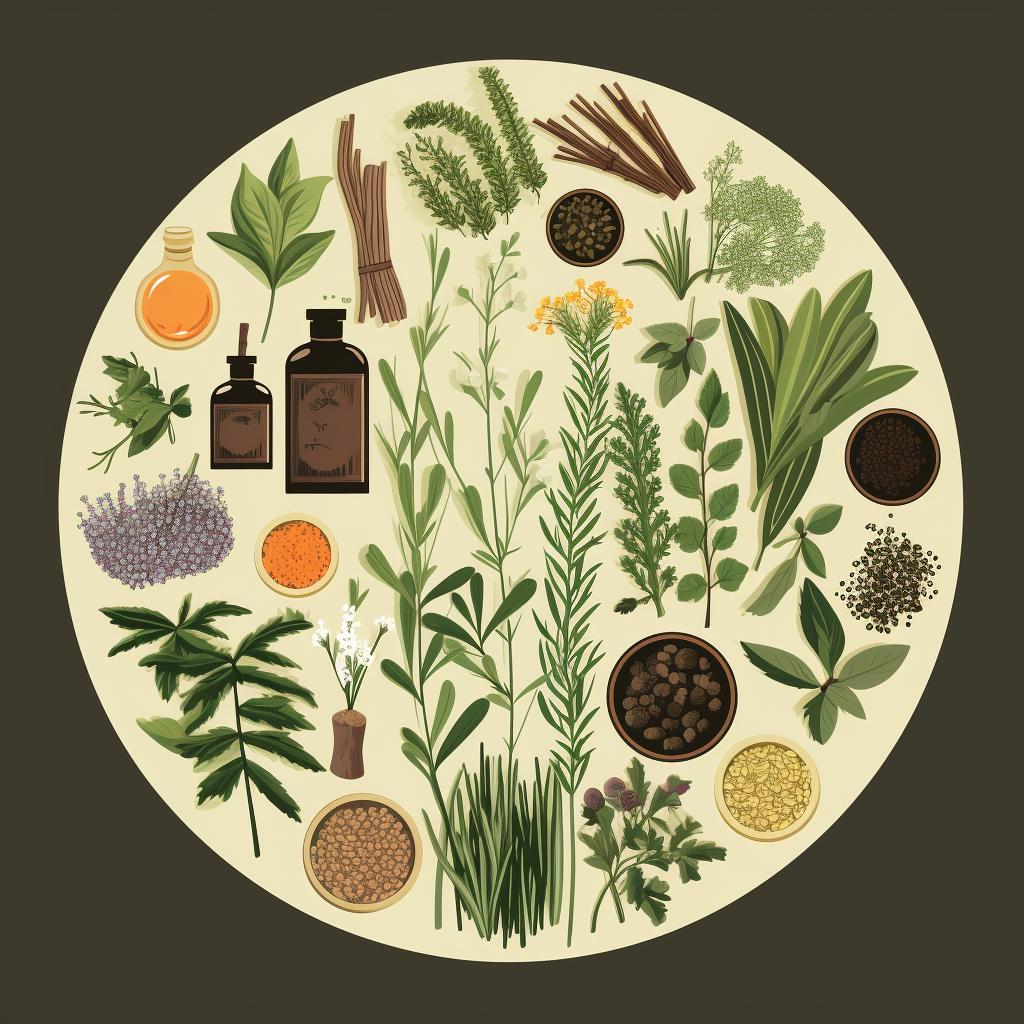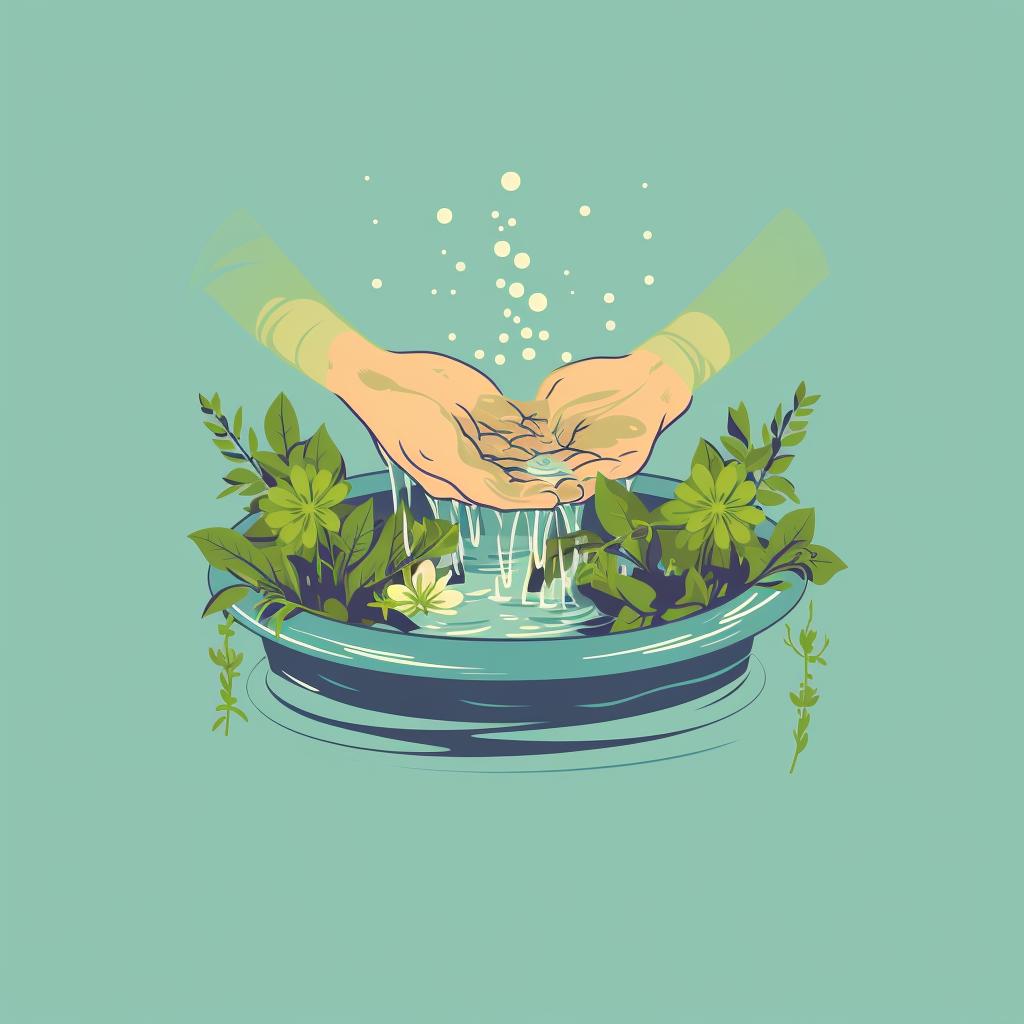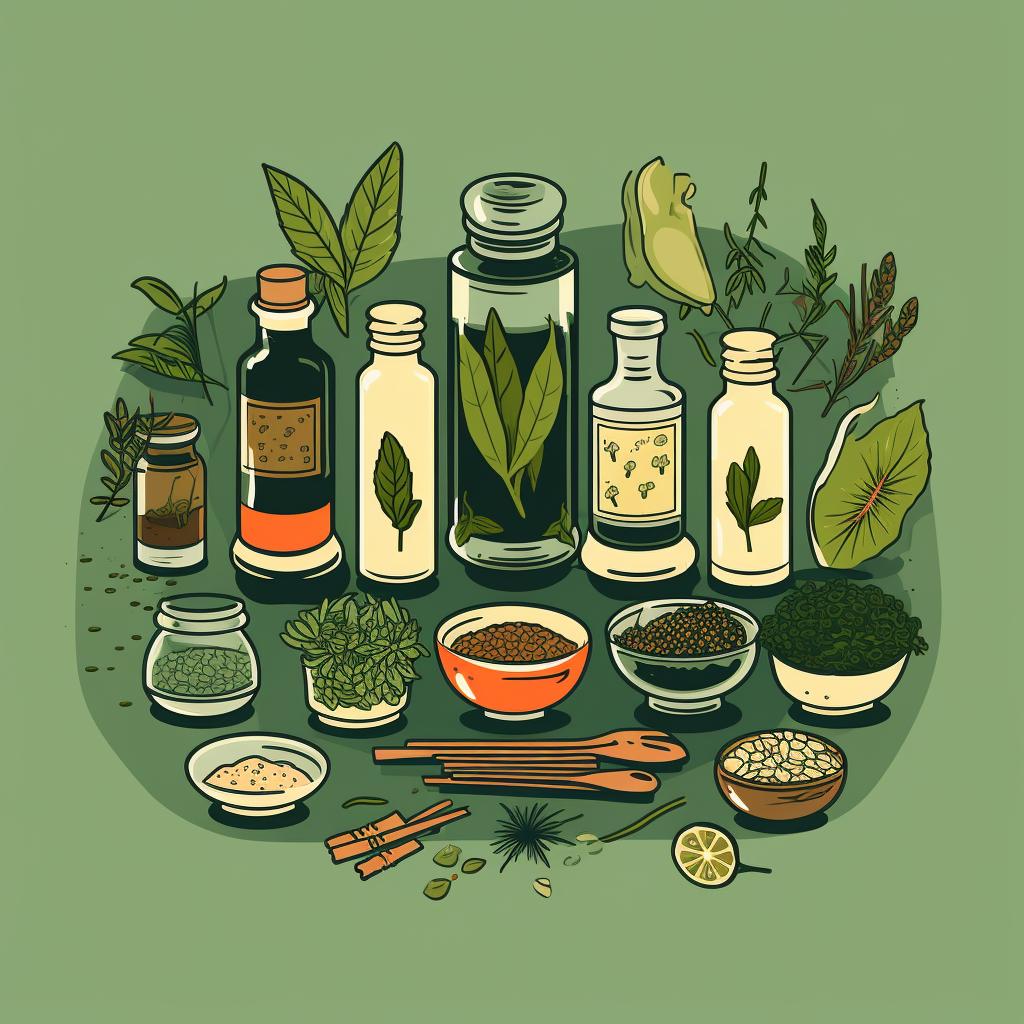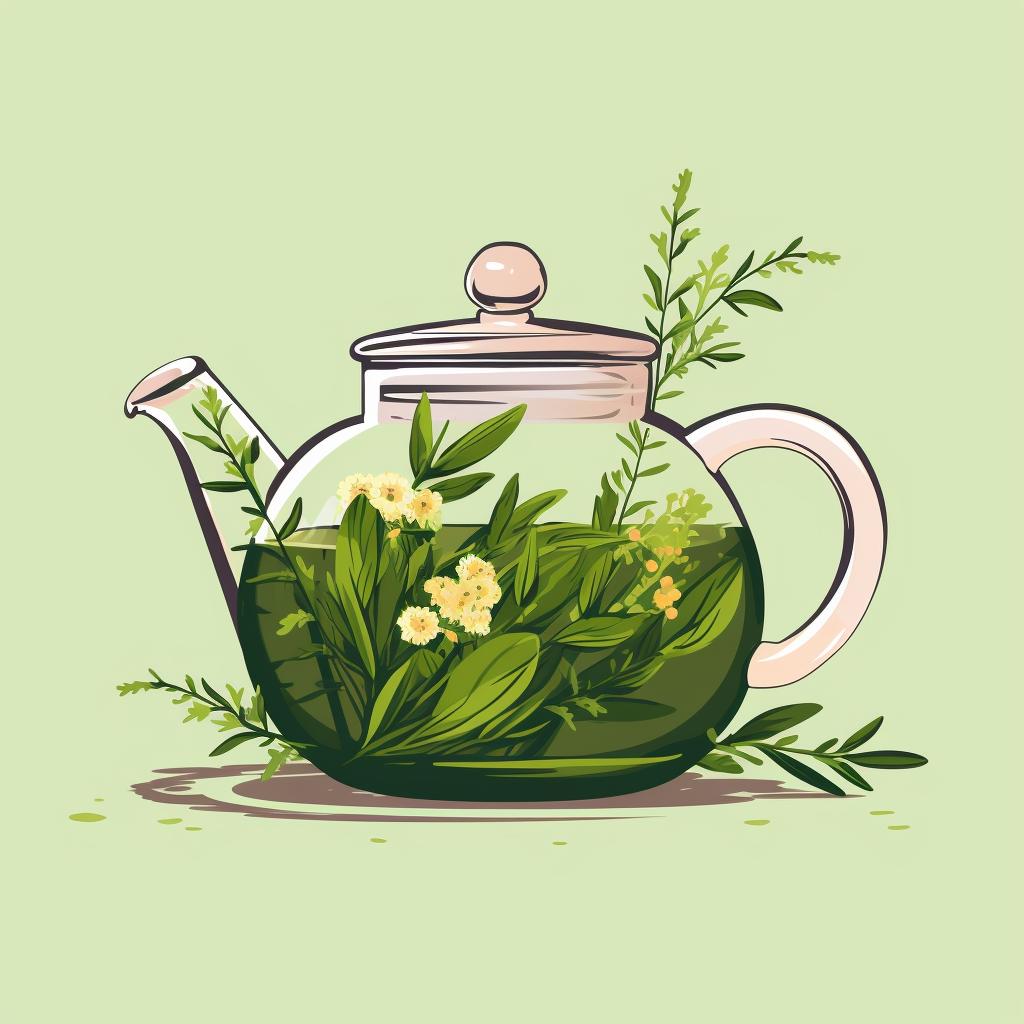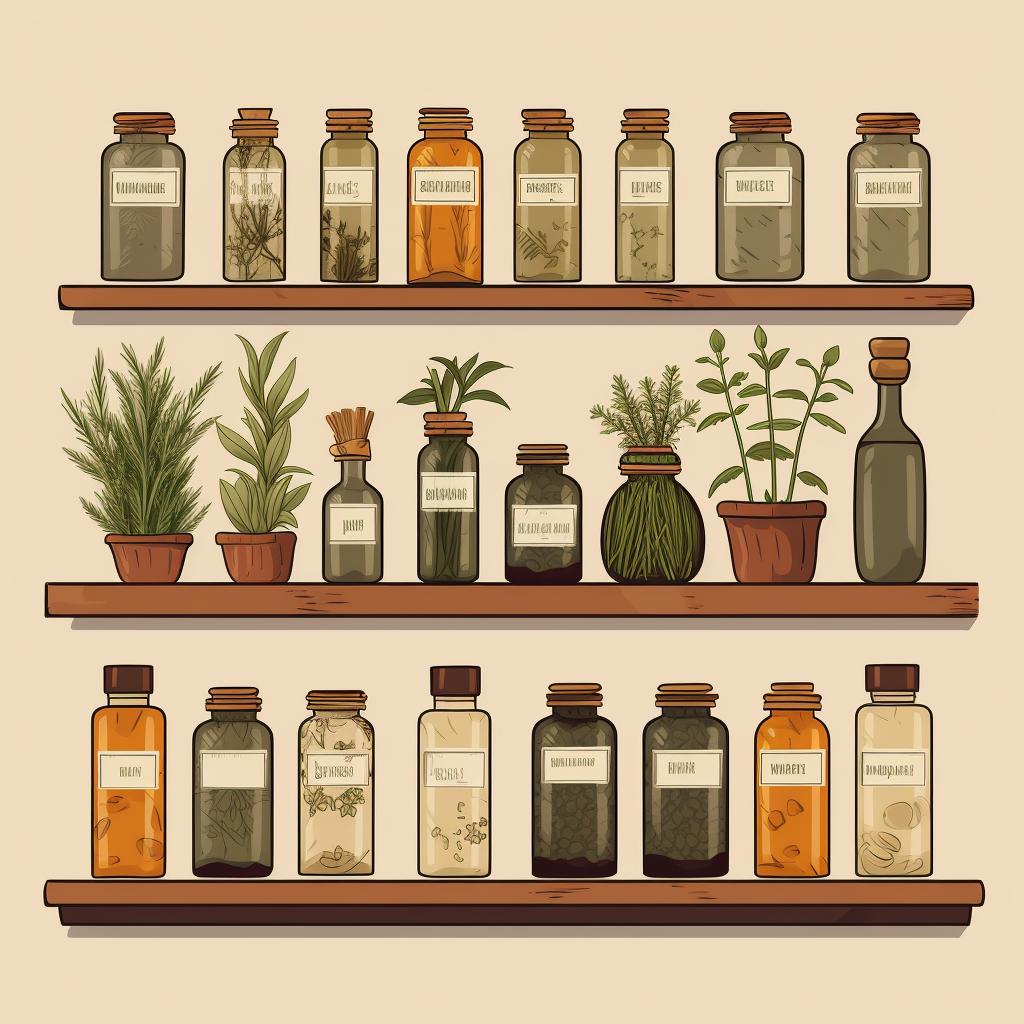🌿 DIY Phytotherapy: Crafting Your Own Herbal Remedies 🌿
Embrace the power of nature with our step-by-step guide to crafting your own herbal remedies. Whether you're a seasoned herbalist or just beginning your journey into the world of phytotherapy, this guide offers a clear, concise pathway to creating natural, effective remedies right at home.
Before embarking on your DIY phytotherapy journey, it's essential to understand the basics of herbalism. Our introduction to herbalism provides a comprehensive overview of this ancient practice, helping you understand the healing potential of plants and how to use them safely and effectively.
Choosing the right herb for your remedy is a crucial first step. Each herb has unique medicinal properties, and understanding these can help you create a remedy that's tailored to your specific health needs. If you're unsure where to start, our guide on medicinal herbs that can be grown at home offers a great starting point.
Once you've chosen your herb, it's time to prepare it for use. This may involve washing, drying, chopping, or crushing, depending on the herb and the type of remedy you're creating. For more detailed instructions on preparing herbs, check out our step-by-step guide to creating your own herbalism kit.
Next, it's time to choose your preparation method. This could be as simple as steeping the herb in hot water to make a tea, or as complex as creating a tincture or salve. If you're new to this, our DIY guide to creating tasty and healthy herbal recipes is a great resource.
Finally, store your remedy properly to maintain its potency. Most herbal remedies should be stored in a cool, dark place and clearly labeled with the date of preparation and ingredients used.
Remember, the journey to mastering herbalism is a marathon, not a sprint. Take your time, enjoy the process, and most importantly, listen to what your body needs. Happy crafting!

